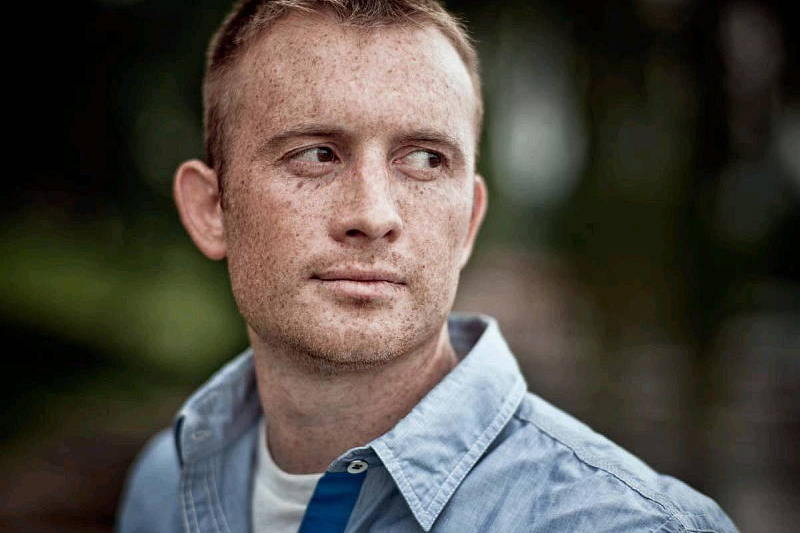If you have spent any time outdoors without sunblock, your skin has probably experienced some form of photodamage. This occurs when sunlight strikes our unprotected skin and the different wavelengths (mainly ultraviolet radiation) make permanent changes to the skin. When sun radiation hits the skin cells it causes damage to their DNA. Such damage leads to a long list of possible outcomes that can include anything from freckles to skin cancer.
UVA and UVB are both examples of ultraviolet light; the radiation that comes from the sun. UVB is the shorter wavelength and affects mainly the outermost layer of the skin, known as the epidermis. This is the burning component of sunlight. Ultraviolet A is the longer wavelength of ultraviolet light. This reaches the middle and lower layers, known as the dermis and the subcutaneous fat. Sunbeds commonly use UVA light. It is unusual to burn with this wavelength, but it is a main culprit for wrinkling, freckling and uneven skin tone. It also has a significant role to play in the formation of skin cancers.
The Facts
The earlier you start protecting your skin from sun damage, the better the long-term outcome.
Photodamage most commonly causes:
- Wrinkles and premature aging of the skin
- Uneven texture to the skin
- Abnormal pigmentation and blotchiness
- Small blood vessels in the cheeks and nose
- Actinic keratoses, or the raised rough patches that appear after years of sun exposure
- Freckles, age spots, and ‘liver spots’
- Thin and papery skin
- Pre cancer conditions of the skin
- Skin cancers of many kinds including malignant melanoma and squamous cell carcinoma
Photodamage is easily noticeable in the areas most frequently exposed to the sun, such as the back of the hands, the face, ears, arms and legs.
Something of interest to many people is the comparison of the chronological aging of the skin as opposed to the aging of the photodamaged skin. For example, if you compare the skin of the upper inner arm or the buttocks to the condition of skin along the backs of the hands and the outer forearm you will see just how damaging sunlight can be.
The Solutions
There are two key solutions for photodamage. The first is to use as much sun protection as possible, everyday. This protection includes sunscreens that have a higher SPF (sun protection factor) as well as good broad-spectrum coverage. This needs to be in the UVA and the UVB range. Protective, closely woven garments that cover the body, such as a large sunhat, long sleeves and long pants are at least as important to use when heading out into the sun.
The second solution is to use a rejuvenating treatment from a dermatologist. Dermatologists can offer peels and therapies that help to improve, or even heal, skin that has suffered damage from the sun.
If you have any questions or concerns about photodamage contact your local doctor, who will arrange for you to see a dermatologist. Contact us today.
